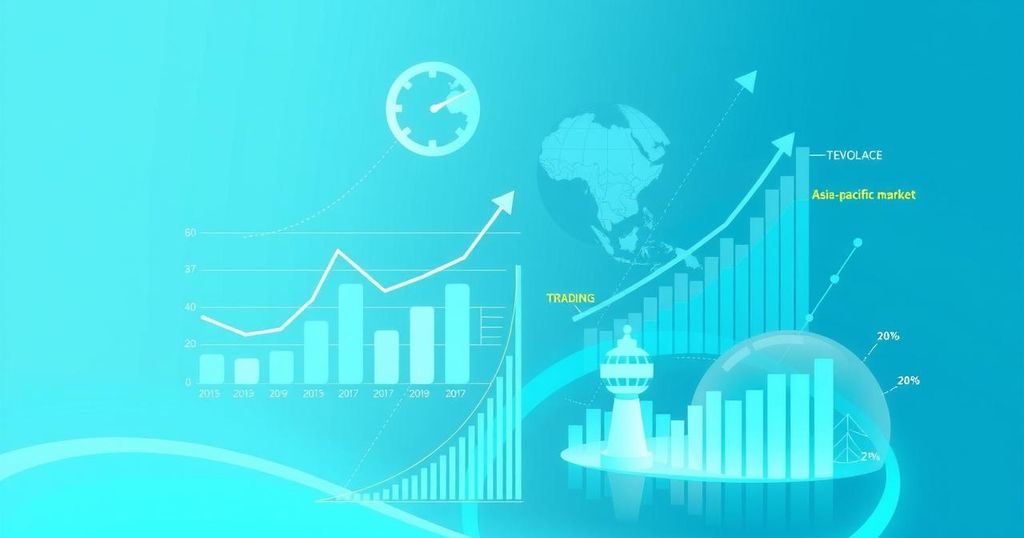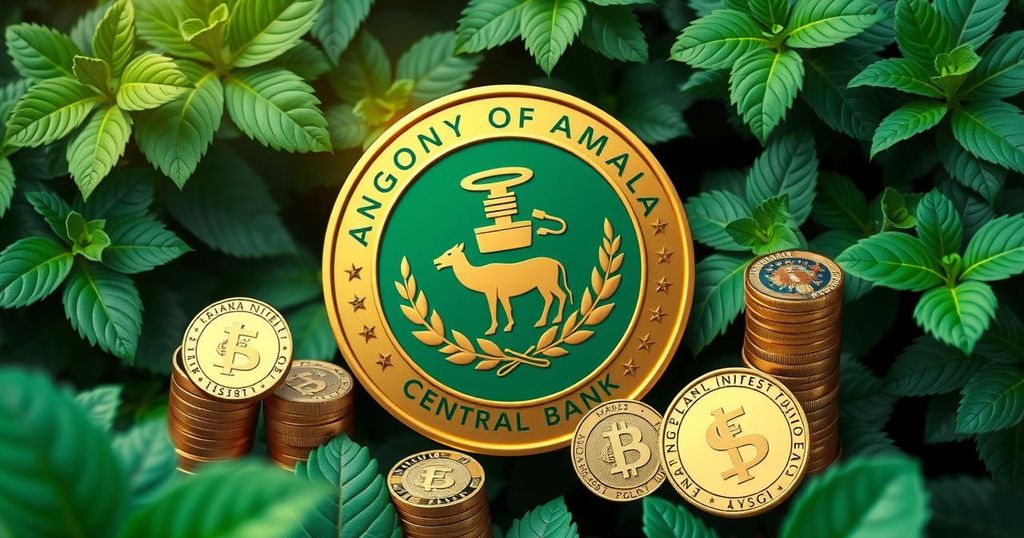South Africa Plans Incremental VAT Increase to 16% by 2026
The South African government will increase its VAT rate from 15% to 16% by April 2026, with a phased approach set to begin on May 1, 2025. The rise is expected to generate additional revenue while funding critical public services but has met with resistance from opposition parties concerned about consumer burdens. Other tax adjustments are also on the horizon, as the government navigates fiscal challenges amid economic pressures.
South Africa’s government is set to incrementally raise the value-added tax (VAT) rate from 15% to 16% by April 2026. During his 2025 Budget Speech, Finance Minister Enoch Godongwana confirmed the increase will occur in two phases: an initial rise to 15.5% on May 1, 2025, followed by a subsequent rise to 16% on April 1, 2026. This adjustment aims to address the nation’s growing fiscal deficit and provide necessary funding for public services.
The anticipated tax increase is projected to yield an additional R13.5 billion (approximately $736 billion) in revenue for the 2025/26 fiscal year. The government asserts this measure is vital to sustain spending in key sectors such as healthcare, education, and security. However, opposition parties have voiced their objections, citing potential adverse effects on consumers amidst a challenging economic climate.
Political dissent surrounding the VAT hike has been pronounced, following months of deliberation within the coalition government. The Democratic Alliance (DA) and notable members of the African National Congress (ANC) expressed firm opposition to a two-percentage-point increase. To mitigate economic repercussions and quell public dissent, the government opted for a more gradual approach.
DA leader John Steenhuisen has encouraged the exploration of alternative revenue strategies, such as the sale of port concessions and the reduction of non-essential expenditures, rather than imposing higher taxes. Concerns abound that an increased VAT will exacerbate financial hardships for consumers already grappling with elevated living costs.
In an effort to lessen the impact on low-income households, the government intends to broaden the array of zero-rated VAT items beginning May 1, 2025. This revised list is set to encompass tinned vegetables, dairy liquid blends, and various types of meat, including poultry, goat, sheep, and swine.
In addition to the VAT increase, the government plans to refrain from adjusting personal income tax brackets for inflation in 2025/26, a phenomenon often referred to as “bracket creep.” As a result, those receiving inflation-adjusted salary increases may find themselves in higher tax brackets, thus elevating their overall tax obligation. This strategy is anticipated to generate an extra R18 billion ($981 billion) in government revenue.
Moreover, excise taxes on alcohol and tobacco will see increases of 6.75% and 4.75%, respectively, surpassing current inflation rates. Conversely, fuel levies will remain stable to alleviate further financial pressure on citizens.
Originally scheduled for February, the 2025 budget presentation was postponed to March 12, marking its first delay in over three decades. This postponement underscores the complexities of coalition governance, with differing perspectives on fiscal policy causing interruptions in the budgetary process.
South Africa’s economic outlook remains precarious, with the Treasury revising its growth forecast down to 1.9% for 2025. The nation recorded merely 0.6% growth in 2024, primarily attributable to contractions in the transport and agricultural sectors during the third quarter.
The government aims to stabilize gross loan debt at 76.2% of GDP by 2025/26 while concurrently striving to shrink the consolidated budget deficit. This deficit is targeted to decrease from 5% this year to 3.5% by 2027/28. Nonetheless, debt servicing costs continue to present a significant obstacle, with R389.6 billion allocated this year for repayments, surpassing combined allocations for health, policing, and basic education.
The phased VAT increase is a component of a wider strategy to enhance government revenues while securing funding for vital services. However, implementing this strategy during a period of financial duress for many South Africans poses substantial challenges, particularly in harmonizing fiscal responsibility with public approval.
In summary, South Africa’s government plans to raise VAT from 15% to 16% by 2026 in response to fiscal deficits and to support essential public services. This increment, while aimed at generating substantial revenue, has sparked opposition and concerns regarding its impact on consumers in an already strained economic landscape. Additionally, measures such as inflation-based adjustments to income tax brackets and increased excise duties further exemplify the challenges faced by citizens. Balancing fiscal recovery with public sentiment remains a critical hurdle for the government.
Original Source: thecondia.com




Post Comment